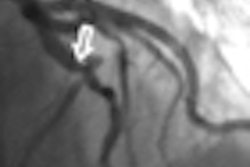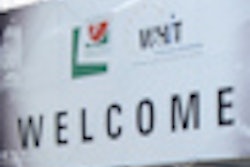When the capacity of PET/CT is unlimited, using the modality causes a change in diagnosis, staging, or treatment plan in more than a third of cancer patients, Danish researchers note in the June print edition of European Radiology.
In Denmark, clinical application of PET/CT has lagged behind other countries until four years ago, when politicians caught wind of the problem and declared cancer should be treated as an acute disease. To prevent bottlenecks in the public healthcare system, the five Danish regions decided in 2007 on a "National Danish Invitation to Tender for the Delivery of Cancer Scanners," which doubled the supply of PET/CT scanners. In addition, the Danish National Board of Health established national integrated pathways for cancer management.
Against this backdrop, Dr. Poul Flemming Høilund-Carlsen, from the nuclear medicine department at Odense University Hospital, and colleagues investigated the effects of these actions on clinical practice and compared them with data from the Danish Institute of Radiation Protection and the European Association of Nuclear Medicine.
A new PET center with cyclotron and radiochemical facilities was built in Odense, and in 2006 the first patient was examined using GE Healthcare's Discovery STE PET/CT with 16-slice CT. FDG was produced at the cyclotrons at Rigshospitalet in Copenhagen or at Risø DTU National Laboratory in Roskilde. In 2007, two additional PET/CT systems were added (64-slice Discovery VCT and 64-slice Discovery RX, both from GE) and FDG was produced in Odense (Eur Radiol, June 2011, Vol.21:6, pp. 1277-1285).
Due to an increased number of PET/CT systems, the number of examinations grew over time from 971 in the first year to 3,065 in the third year. A total of 6,056 PET/CT scans were performed in 4,327 patients. Nearly 80% (3,459) had only one scan, whereas 20% (868) had two or more examinations.
The researchers received feedback on 58.8% of the cases from referring departments. PET/CT confirmed the working diagnosis in 1,911 cases (53.7%), the staging in 1,518 (42.7%), and the treatment plan in 1,774 (49.9%). It caused a change in diagnosis in 508 cases (14.3%), staging in 788 (22.1%), and treatment plan in 1,007 (28.3%). The PET/CT results changed at least one of the factors (diagnosis and/or staging and/or treatment plan) in 36.0% of cases.
One study limitation was that the distinction between indications (diagnosis, diagnosis/staging, or staging alone) was not always clear-cut because a consensus on the definitions of terms could not be reached beforehand, and also because the timing of PET/CT in the workup varied from one type of cancer to another, according to Flemming Høilund-Carlsen and colleagues.
An increased use of PET/CT, along with changes in diagnosis, staging, or treatment, is "in line with Danish and European trends, recent oncological database results from the U.S., forecasts by European specialist societies, and marketing analyses -- all of which foresee the increasing clinical use of functional at the expense of anatomical imaging," the researchers concluded.



















